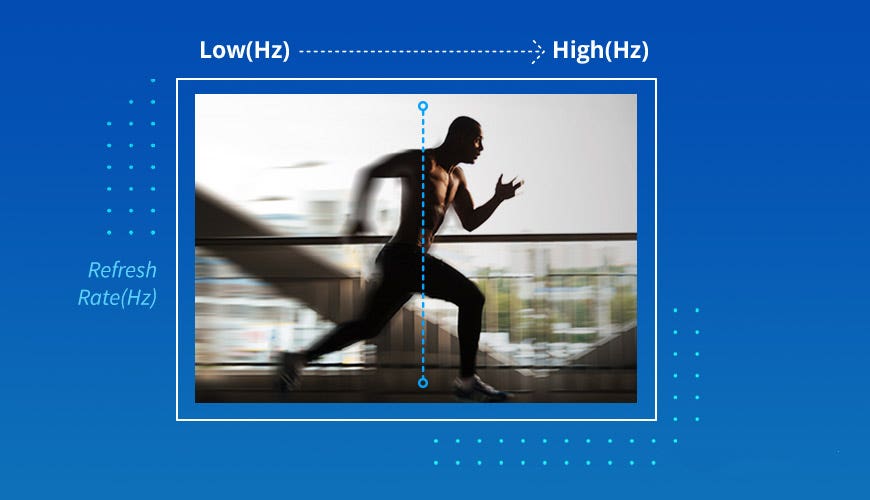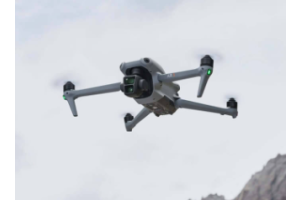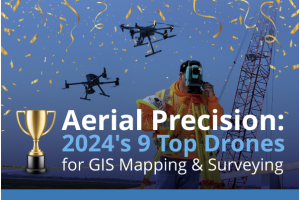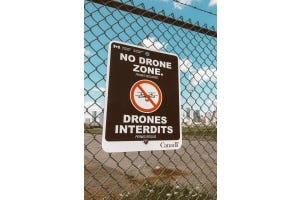
What is thermal imaging? What is infrared imaging? Thermal Imaging sensors are commonly referred to with terms such as thermal camera, temperature camera, heat vision camera, infrared camera, heat signature camera, and even thermal heat vision sensor. In this post, we will refer to this type of imaging as infrared or thermal imaging. All objects (above absolute zero) emit infrared energy as a function of their temperature. The vibration of atoms and molecules generates infrared energy. The higher the temperature of an object, the faster its molecules and atoms move. This movement is emitted as infrared radiation, which our eyes cannot see but our skin can feel (as heat). Thermal imaging uses special infrared camera sensors to illuminate a spectrum of light invisible to the naked eye. Thermal energy is invisible to the naked eye and works in different ways; it can be emitted, absorbed, or reflected. Infrared cannot see through objects but can detect differences in radiated thermal energy between materials. This is known as thermal bridging or heat transfer. To sum it all up, thermal imaging cameras are precise non-contact temperature measurement devices.

How does thermal imaging work? Infrared radiation coming from a scene is focused on to an infrared sensor. From there, it is processed into the visible light spectrum, which our eyes can see. As a result, thermal images can look different depending on how the thermal image is reproduced in the visible spectrum. The different ways in which the colors are reproduced color palette used. Typical go-to color palette options include black hot, white-hot, fusion, and iron bow.
What infrared (thermal) drone camera resolution (640 vs 336) should I get? Thermal drone cameras come in a variety of options, but the most popular are the DJI Zenmuse H20T and Flir Vue TZ20. These cameras come in 640×512 pixel resolution. Which resolution you need is dependent on your use case. 640×512 is the most advanced and modern resolution, with high-quality imagery and a wide field of view being the main benefits.

What’s the benefit of a 30Hz refresh rate? The refresh rate refers to the frequency at which the image on the screen is refreshed. The higher the refresh rate, the less blur there is in the video. 9Hz means that the thermal image is updated nine times every second compared to the 30 Hz, which is updated 30 times a second. The 9Hz is sufficient for most inspection uses as thermal images are gathered, which are then analyzed to check for faults or abnormalities. Having a 30Hz refresh makes it easier to track movement on-screen and thus is ideal for search and rescue (SAR) applications. In addition to having a better chance at finding someone, rescue teams generally record videos of the entire operation and then re-watch the video to see if there is anything they missed. Both the TZ20 and H20T have a 30Hz refresh rate to keep video refreshing efficient and steady for the best possible quality.

What is emissivity for infrared imaging? Emissivity is the efficiency at which an object gives off its thermal energy. Factors that affect emissivity include the surface type, humidity, atmospheric temperature, and wind. These additional factors should be recorded and considered when taking measurements. Objects that have high emissivity include people, animals, concrete, trees, and rocks. Examples of objects that have low emissivity include shiny metals such as aluminum foil and polished silver.
What are Isotherms? Isotherms highlight pre-set temperature ranges, so when a specific temperature is detected, it stands out, typically shown in orange color.
How do environmental conditions impact infrared imaging? / What is the best time to use a thermal drone? The amount of thermal energy in a scene has a direct impact on the infrared image. Typically, the amount of infrared energy is attributed to the diurnal cycle, solar loading, and thermal crossover. The diurnal cycle is the daily heating and cooling of the Earth’s surface from the sun. Solar loading is when a scene absorbs more radiation from the sun’s rays the temperature differences between objects decrease. Finally, when two different objects in a scene are indistinguishable, this is known as thermal crossover. With these factors in mind, early morning or late-night conditions are ideal.

Can infrared see through glass? Thermal drone cameras typically use medium and long wave infrared radiation, which cannot pass through glass and typically reflect infrared radiation. For this reason, lenses of thermal cameras are generally made from Germanium which infrared radiation can easily pass through.
What color palette is the best to use for thermal imaging? White hot and black hot are by far the most popular for search and rescue. The object in the scene giving off the most radiation will be white and the object giving off the least will be black or vice versa. Everything in between will be a different shade of gray. White hot and black hot are the palettes recommended for search and rescue since the palette highlights the objects in the scene with the greatest temperature difference. Fusion and Ironbow are ideal for roofs, solar panels, and outdoor electrical equipment. Lava and arctic color palettes enhance contrasting colors next to each other. These palettes work the best when there is a high contrast between objects.
What drones are the best for thermal inspection? What drones are the best for commercial inspection? (Updated for 2021) A great entry level drone into the world for aerial infrared imaging is a DJI Mavic 2 Enterprise Dual. It has a dual camera system featuring a 4k optical camera – a lower resolution thermal sensor. Another added benefit of the Mavic Enterprise platform are the modular accessories (speakers, spotlight, beacon). It is important to note that the FLIR thermal sensor in the Mavic 2 Enterprise is pretty low resolution meaning that flying low to get accurate temperature data is a must.
If you are looking for a compact drone but with higher resolution imagery, the DJI Mavic 2 Enterprise Advanced would be a step up from the Dual. It has a higher image resolution (640×512 @ 30hz) to give clearer quality imaging. It is the same form factor as the Dual (compact and foldable) but with upgraded thermal imaging.

Matrice 300 RTK Back and Front View
The next step would be the DJI Matrice 300 RTK. The DJI Matrice 300 has a 9.3 mile transmission range, 55 min flight time, 6 directional sensing capability, and IP45 water and dust protection. The Matrice 300 RTK is a durable drone ready for harsh environments and has the reliability and durability you need when on the job. What makes the M300 an even better drone is the camera payload that can come with it. That camera would be the DJI Zenmuse H20T. The H20T has 4 sensors in one camera housing. There is a laser range finder, wide angle, zoom, and thermal camera.
What is the best thermal drone camera? The best thermal drone camera will be dependent on the use case. If you are looking to do inspections or search for people, the DJI Zenmuse XT2 has the necessary configurations to meet the desired use case. The DJI Zenmuse H20T is compatible with the DJI Matrice 300 RTK. If the job requires infrared gas imaging, then a cooled thermal core is necessary. The Workswell GIS 320 thermal camera is a great option due to its compact size. However, the GIS 320 requires its own gimbal and must be custom integrated onto the drone that it is being attached to.
Can you see gases with a thermal camera? This concept is commonly referred to as Optical Gas Imaging (OGI). This process employs spectral filtering and various sensor optimizations, such as cooling the thermal sensor to detect different gas compounds’ absorptive and emissive properties. In the resulting image, escaping gases look like smoke against a contrasting background. The video can be viewed in real-time and recorded in the camera for tracking, archiving, and reporting. Once again, the Workswell GIS 320 thermal camera is an excellent option due to its compact size.
How are thermal/infrared drones used for Firefighting? Fire departments have been using handheld thermal imaging cameras for some time now. With thermal drones, crews can get a live stream of structure fires, wildfires, and forest fires from above as they can see through smoke. For wild and forest fires, seeing through the smoke to identify the edge of the fire is crucial when planning firefighting operations, not to mention identifying smoldering hot spots that can flare up. For structure fires, thermal drones can provide valuable information about roof integrity, giving ground crews valuable information about burn-through rates and fire flow paths. For more information on how fire departments are using infrared drones see our infographic on firefighting drones.
How can drones be used for roof inspections? Remote aerial sensing technology gives inspection personnel more thorough, frequent, safer, and efficient inspections. Drones equipped with infrared cameras can be used to detect irregularities in insulation and pooling water. With a zoom camera drone, inspectors can visually identify problems without having to be physically there. This means greater efficiency for the inspector while providing better data to the client.
![]()
This work is licensed under a Creative Commons Attribution-NonCommercial 4.0 International License.







